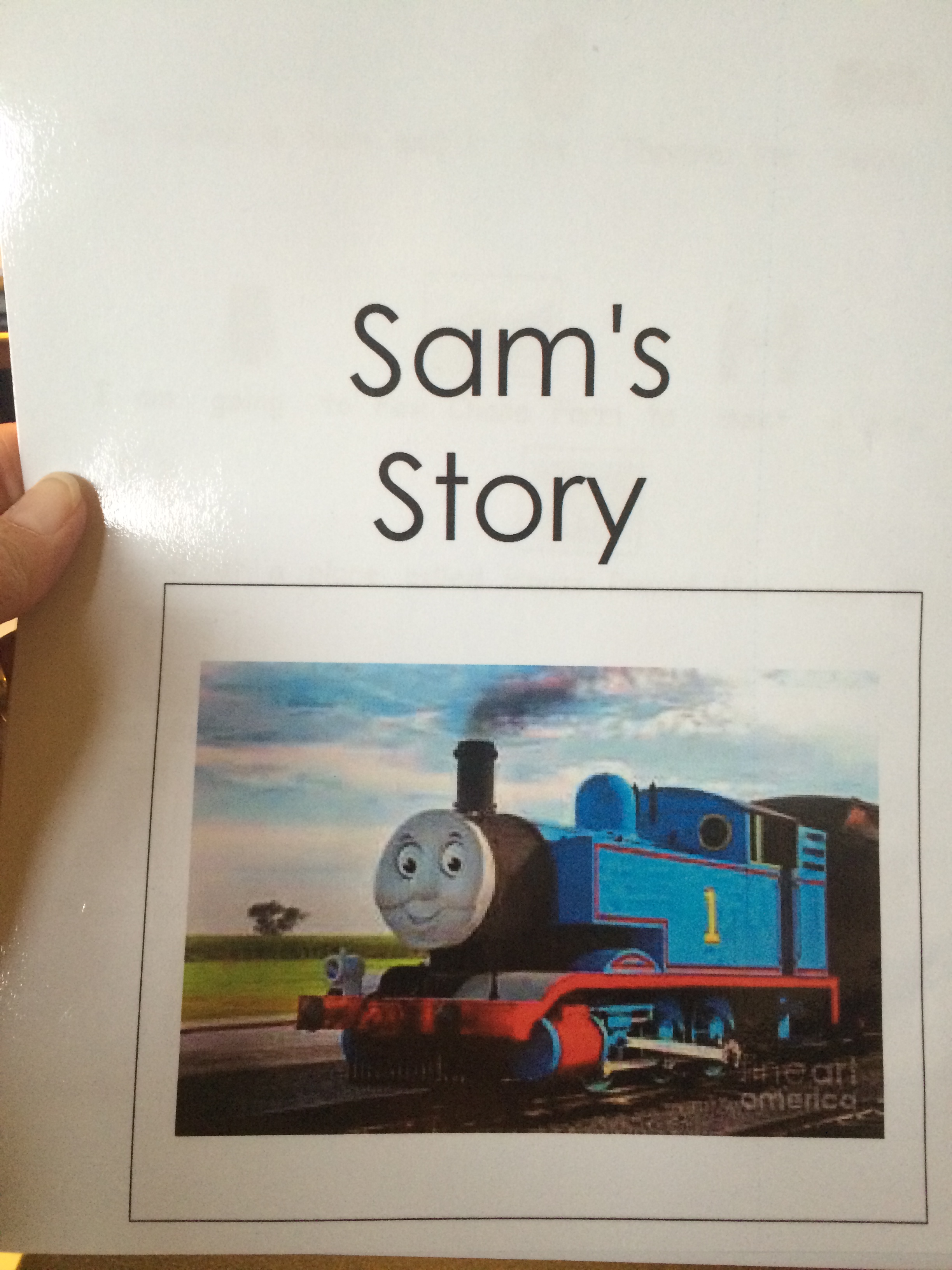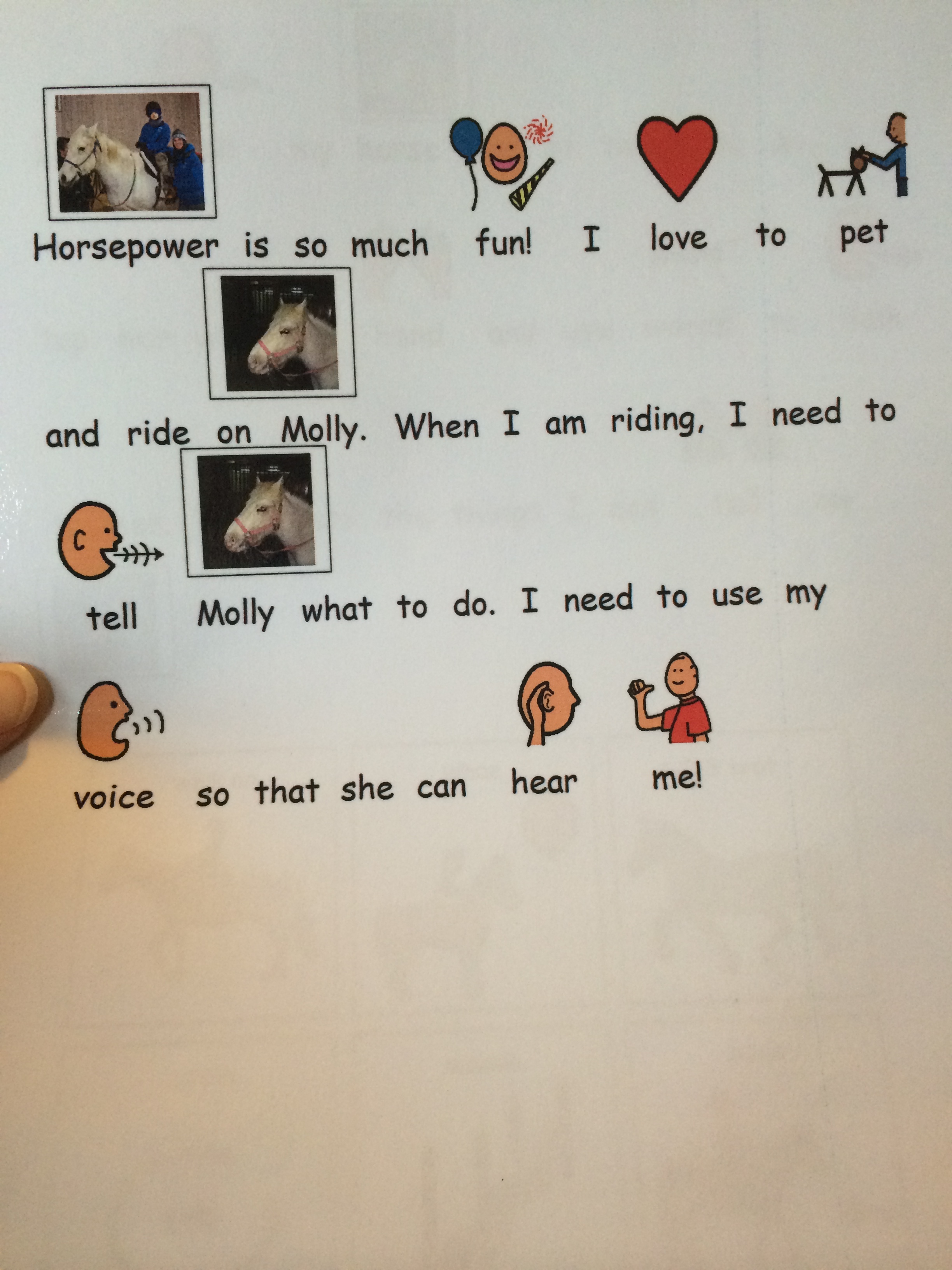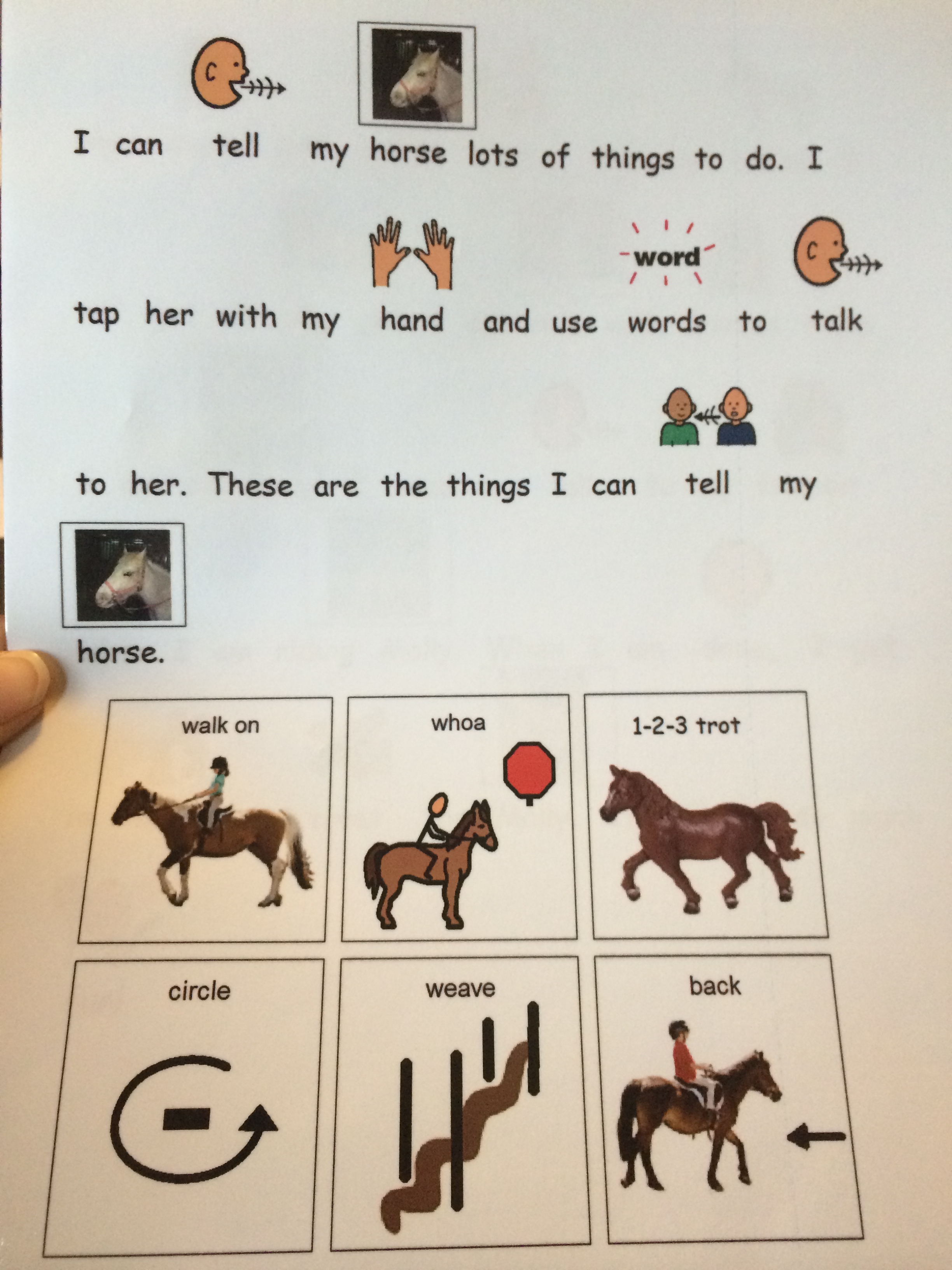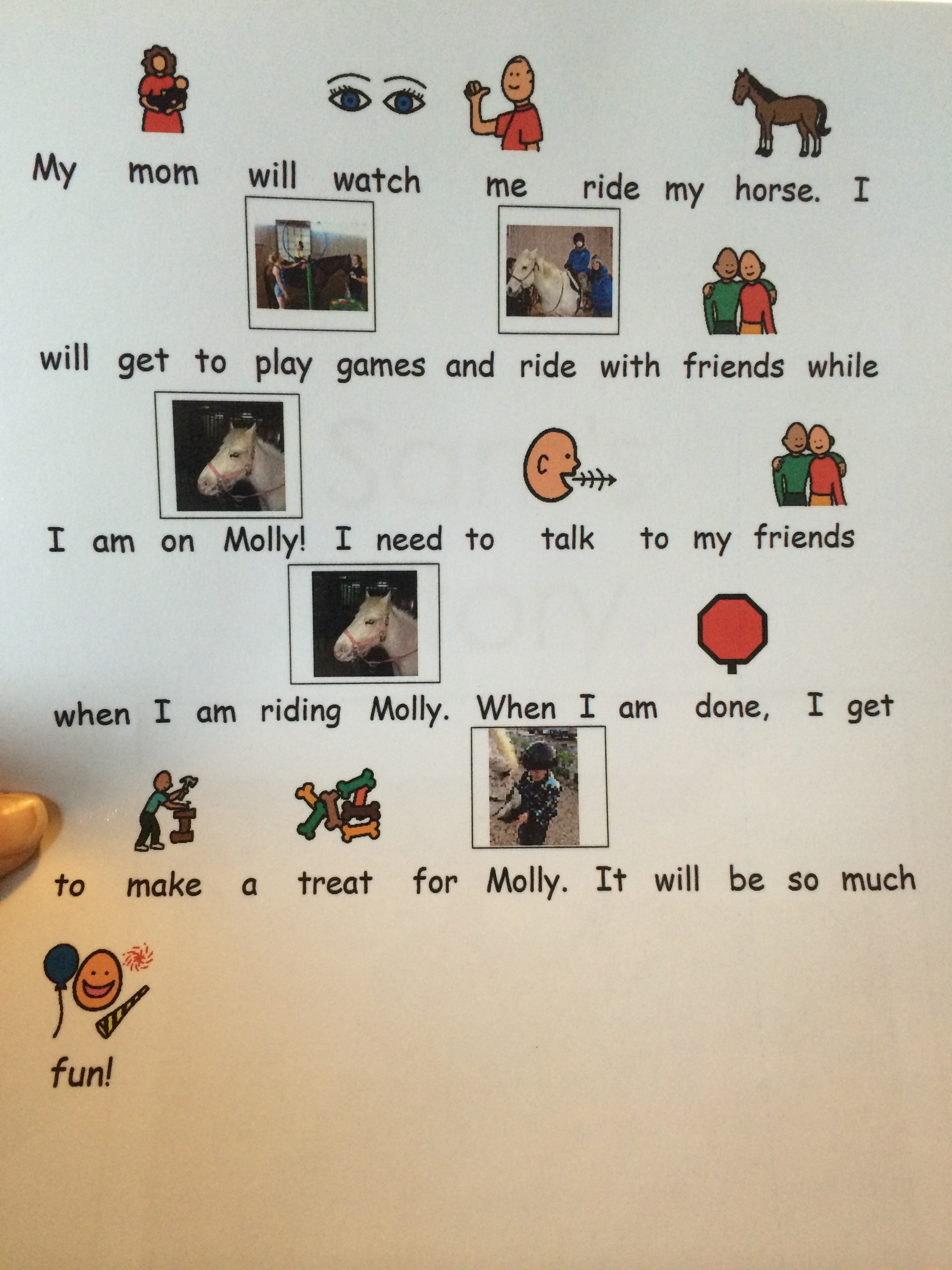Social Stories
What
- A “Social Story” is a story used to model appropriate social interaction by describing a situation with relevant social cues, other’s perspectives, and a suggested appropriate response.
Why
- Helps teach students routines, expectations, and behavioral standards in an alternative format (story, visual, etc.)
- Can be personalized to individual behavioral intervention
- Particularly helpful/popular for those on the autism spectrum and those with ADD/ADHD
When
- a student has trouble with transitions, separation anxiety, etc.
- a student has problems with social skills, norms, routines, being prepared, and expectations
- a student is on the autism spectrum or has ADD/ADHD
- a student needs reinforcement of rules, routines, and procedures
- a student does not respond to cues, redirection, and refocusing
How to use social stories
- Review the story daily with the student before the routine is performed.
- After they learn it well, have them review it on their own before the routine is performed.
- Slowly wean them off it as they consistently perform the routine well.
How to create social stories
- Use pre-made social stories – search online, there are lots of free ones
- Work with a therapist to create one
- Create your own:
- List the steps in the routine the student needs to work on.
- For each step create a simple sentence.
- Next to each step put a picture, image or graphic.
- Types of sentences to use (with my own examples):
- Descriptive (where, who what, why) – Mondays I ride my horse.
- Perspective (opinions, feeling, beliefs of others) – My horse likes it when I am quiet.
- Directive (offers a positive response or behavior for the situation) – I will try to keep my voice down.
- Affirmative (enhance, reassure) – This is very important so I don’t scare my horse.
- Co-operative (identify how others may help) – My instructor will help me try to stay calm during my lesson.
- Control (provide personal meaning) – I like to ride my horse because it is fun.
- Partial (lets reader guess) – My horse’s name is ___________.
Adapted to therapeutic riding
- Take pictures of the rider doing everything before, during and after their lesson. (Drive to the barn, Wait, Put on helmet, Mount, etc.)
- Have their parent read the story to them at home, twice a day, every day, until the transitions become easy.
- Create options for the story as needed, such as if they have to ride a different horse, so you can let the parent know ahead of time and they can add it to the story to prepare the rider.
- Can make the stories into Velcro cards that stick onto a sheet, which are pulled off with the completion of each one.
- For new riders send the social story to them before they come in, so they are prepared for the first day, then afterward revise it and come up with particular story for their situation.
- Try to use photos of the child themselves.
Examples
Example 1)
Click on this link for an example from the 2014 Path Intl Conference Seminar “Dynamic Collaboration: Maximizing Communication During Therapeutic Riding” – scroll down to page 6!
Example 2)
From Carrie of HorsePower, this is a Social Story they use (she sent this to me and inspired this post!). She says “Typically, we try to also use a photo of the child, but this one did not. … We have a speech pathologist who volunteers to create our social stories using Boardmaker software.” Thanks for sharing, Carrie!
Resources
- Wikipedia
- PBIS.com – huge list of resources – http://www.pbisworld.com/tier-2/social-stories/
- National Autistic Society “How to Write a Social Story” http://www.autism.org.uk/living-with-autism/strategies-and-approaches/social-stories-and-comic-strip-conversations/how-to-write-a-social-story.aspx
- “Dynamic Collaboration: Maximizing Communication During Therapeutic Riding” presentation at 2014 PATH Intl Conference, by Karyn Lewis Searcy, M.A. CCC-slp and Director of Crimson Center for Speech & Language, and Kaitlyn Siewert of R.E.I.N.S. Therapeutic Horsemanship Program.
****************
Note: This is not professional advice, this is a blog. I am not liable for what you do with or how you use this information. The activities explained in this blog may not be fit for every rider, riding instructor, or riding center depending on their current condition and resources. Use your best personal judgement!





Thanks! 🙂
Thank you for providing detailed outline of interventions through this blog series.